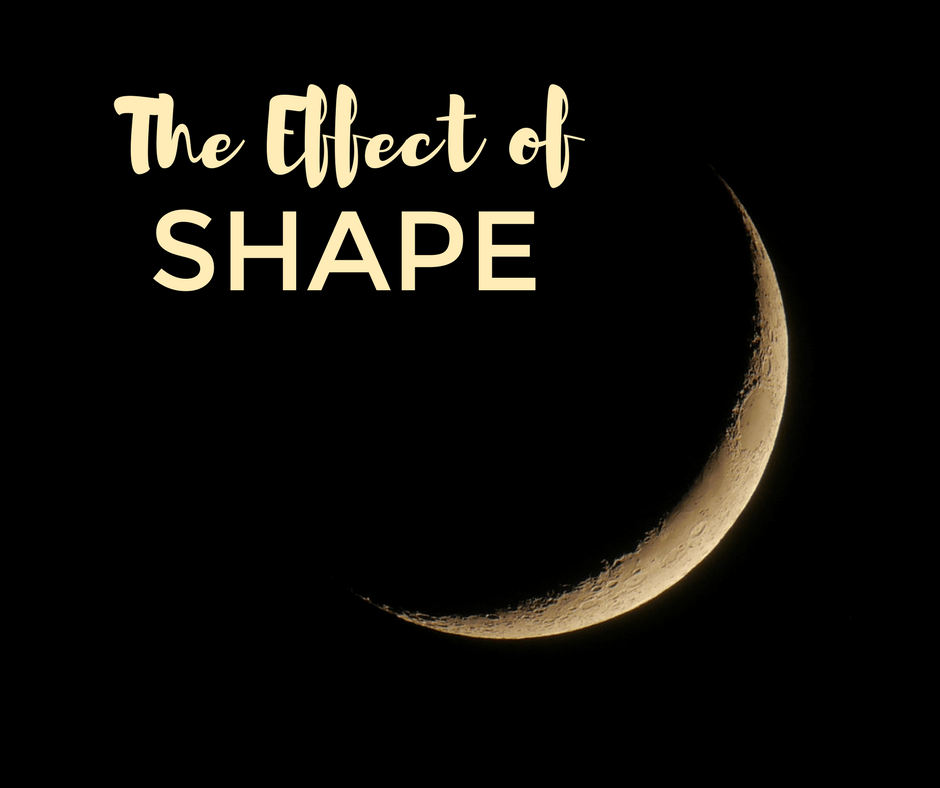by Naomi | May 1, 2017 | Writerly Play Activities
Visit the Writerly Play Studio and play your way into creative discoveries. Never heard of the WP Studio? Learn how Writerly Play thinking strategies supercharge your creativity here.
One of my first jobs was at Shanti Foundation for Peace in Evanston, IL. Indira Johnson, the artist-founder of the nonprofit, created many different kinds of community art, but my favorite was her work based on Rangoli drawing, in which women traditionally painted a pattern on the ground outside their homes. Family members would walk across this drawing each day, scattering the image, and in doing so, the blessing was spread across the community.
I had the honor of helping Indira with some of her community art sessions. We’d explore the meanings of a variety of shapes and then as a community draw a pattern that had meaning to our group. Then, the drawing would be transferred to the ground and filled in with bright spices and other materials. You can see some examples of final results here:
Community Blessings.
I came to understand that each shape has a different feel, and a different historic significance. Molly Bang explores the feeling of various shapes in her book,
Picture This: How Pictures Work. It’s a book I return to again and again because it takes this concept of shape down to the basic, underlying concepts. Molly’s images and clear explanations help me understand how shapes work in visual art, but also sparks thoughts about how shape shows up in my writing. What might the shape of a line, the shape of a poem, or the shape of a story add to (or take away from) my work?
Try This:
- Take out a few pieces of differently colored paper and cut out shapes. Cut some circles, squares, rectangles and triangles.
- Arrange your shapes into groupings. See if you can make groupings that have different tones. Can you make a calm grouping? A fierce grouping? A lazy grouping? A creative grouping?
- Choose one of your groups of images, and write a poem that captures that same tone.
- Arrange your shapes and words on a page, and then share your work with someone. Celebrate this small, creative act.
As always, I’d love to hear from you! Are there shapes that have particular meaning for you? How does shape show up in your work? Feel free to comment below, or connect with me on
Facebook or
Twitter.
by Naomi | Apr 27, 2017 | Creative Life
Have you heard of the
Napkin Academy? It’s a visual thinking online course by Dan Roam, author of
The Back of the Napkin and other insightful books. If you’re interested in significantly raising the quality of your thinking and learning life, you should check it out.
Among the many insights explored in his course, Dan highlights the fact that we remember ideas that have form. If ideas are vague or abstract, they slip out of our minds. For instance, when Google 2-Step Verification was introduced, it was a technical idea. Then, the idea of two-step security was explained with
a drawing containing two steps:
- Getting past a bear
- Escaping a snake pit
Yep! Now, with the image, we get it. Visual thinking isn’t about dumbing down concepts. It’s about making an idea memorable enough to stick.
Similarly, when I tried to better understand the creative process, and encountered abstract, scientific explanations and piles of activities, I was lost. When I finally shaped the process into a form—creativity as a ramble through five mental rooms filled with distinct thinking tools—everything came clear. Naming this creative hideout “
Writerly Play” gave further form to the idea. Each of the rooms has a different purpose, but together, they are all about story and a playful approach.
Creativity is messy, to be sure. However, if we allow ourselves to think of the process as formless, we can’t help but become lost along the way. When we make something new, we need handholds and footholds. We need structure that gives us room to experiment and make discoveries.
Finding the shape of an idea is harder than it appears. Once the challenging intellectual work has been done, the results seem simple, even obvious. However, in order to boil a complex idea down to its core, you have to wrestle through the complexity. You must break the concept into what is essential and what is secondary, down and down. You’re finished when you’ve found a shape for your idea that is simple, but still comprehensive.
What ideas are you trying to communicate right now? Consider your personal life, your creative work, your relationships, and your job. Are there thoughts you’re repeating over and over, with little result? Choose one concept you’ve tried to share recently. How might you give that concept shape?
Even if drawing isn’t your thing, when you’re shaping an idea, don’t be afraid to take out a pencil and doodle. Let your mind play with images and see what fits. Finding an idea’s shape is much more like solving a puzzle than it is like writing a definition. When you’re putting a puzzle together, you need to pick up pieces and try them out. Here, too, experimentation is your friend.
Once you’ve experimented, come on back and share! I’d love to hear the insights you gain by exploring the shape of your ideas. You can also connect with me on
Facebook and
Twitter.
Here’s to you and your creativity!
by Naomi | Apr 24, 2017 | Creative Life
Creativity often shows up at the intersection of various thoughts. Here are three on shape … in its various iterations. What do these thoughts spark for you?

“The moon puts on an elegant show, different every time in shape, color and nuance.”
— Arthur Smith
“I try to apply colors like words that shape poems, like notes that shape music.”
— Joan Miro
“The artist is a receptacle for emotions that come from all over the place: from the sky, from the earth, from a scrap of paper, from a passing shape, from a spider’s web.”
— Pablo Picasso




